If warning caution or advisory lights are installed in the cockpit they must ? [ Theoretical lift off ]
Question 62-1 : Caution lights warning lights advisory lights other urgency messages
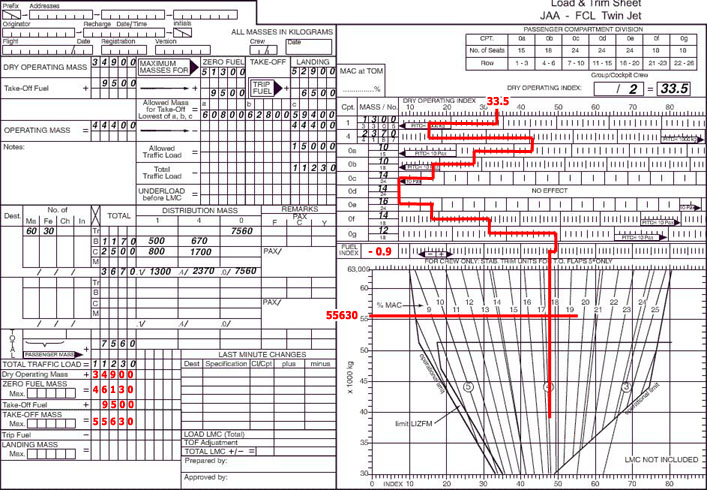 Caution lights.
Caution lights. A radio altimeter uses ?
Question 62-2 : Two antennas one for the transmission and an other for the reception four antennas two for the transmission and two for the reception two antennas both of them for simultaneous transmission and reception a single antenna for simultaneous transmission and reception
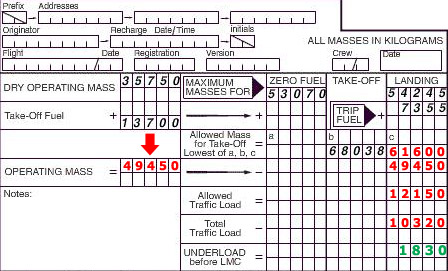 Two antennas: one for the transmission and an other for the reception.
Two antennas: one for the transmission and an other for the reception. Your aircraft and an intruding traffic both are tcas ii equipped your tcas ?
Question 62-3 : Comparing the altitudes of the two aircraft using the range function of the on board weather radar by interrogating the atc ground station comparing the gps heights of the two aircraft
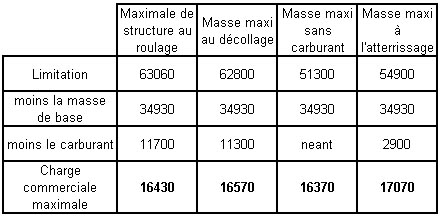 Comparing the altitudes of the two aircraft.
Comparing the altitudes of the two aircraft. Your aircraft and an intruding aircraft both are tcas 2 traffic alert and ?
Question 62-4 : Measuring the time lapse between the transmission of an interrogation signal and the reception of a reply signal from the transponder of the intruder measuring the time lapse between the transmission of an interrogation signal and the reception of a reply signal from the ground station using the range function of the on board weather radar comparing the gps positions of the two aircraft
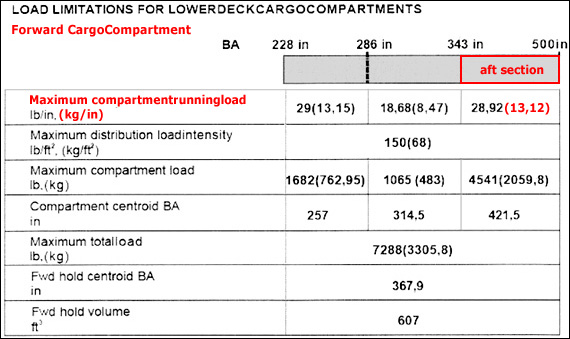 Measuring the time lapse between the transmission of an interrogation signal and the reception of a reply signal from the transponder of the intruder.
Measuring the time lapse between the transmission of an interrogation signal and the reception of a reply signal from the transponder of the intruder. The radio altimeter .1 operates in the 1600 1660 khz range .2 operates in the ?
Question 62-5 : 2 and 3 2 and 4 1 and 3 1 and 4
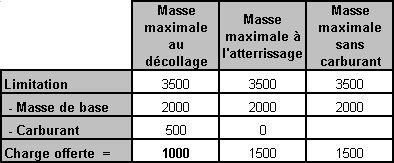 2 and 3.
2 and 3. The purpose of the altitude alert system is to generate a visual and aural ?
Question 62-6 : Aeroplane altitude differs from a selected altitude aeroplane altitude is equal to the decision altitude proximity to the ground becomes dangerous altimeter setting differs from the standard setting above the transition altitude
Your aircraft and an intruding aircraft both are tcas 2 traffic alert and ?
Question 62-7 : Using a specific directional antenna using the bearing function of the on board weather radar comparing the gps positions of the two aircraft measuring the time lapse between the transmission of an interrogation signal and the reception of a reply signal
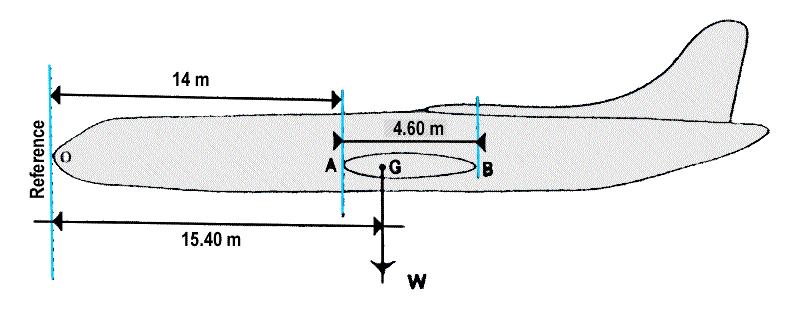 Using a specific directional antenna.
Using a specific directional antenna. The tcas ii has inputs from the radio altimeter in order to ?
Question 62-8 : Gradually inhibit the resolution advisories ras when getting closer to the ground stop the tcas operation below 2500 agl determine the relative height of the intruder to alert the crew from a dangerous proximity of the ground
The upper antenna of the tcas ii is ?
Question 62-9 : Directional to improve the surveillance of intruders directional because it is merged with the transponder antenna omnidirectional to improve the surveillance of intruders omnidirectional because it is merged with the transponder antenna
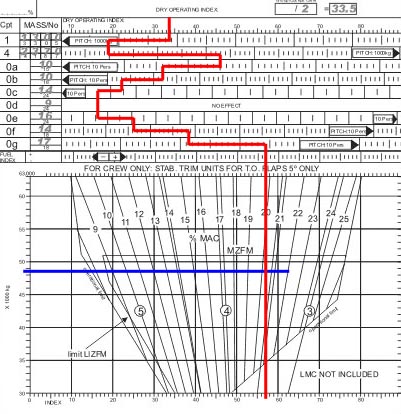 Directional to improve the surveillance of intruders.
Directional to improve the surveillance of intruders. Your aircraft and an intruding aircraft both are tcas ii equipped if the ?
Question 62-10 : The intruding aircraft is invisible to your tcas equipment the intruding aircraft remains visible to your tcas equipment but only tas traffic advisories can be generated the intruding aircraft remains visible to your tcas equipment but only ras resolution advisories can be generated the information available to your tcas equipment is two dimensional only
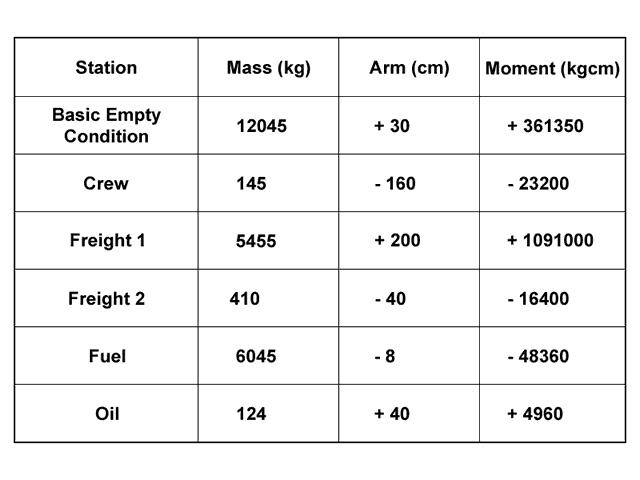 The intruding aircraft is invisible to your tcas equipment.
The intruding aircraft is invisible to your tcas equipment. When the flight warning system fws identifies an overspeed condition airspeed ?
Question 62-11 : A warning message a caution message an advisory message a call message
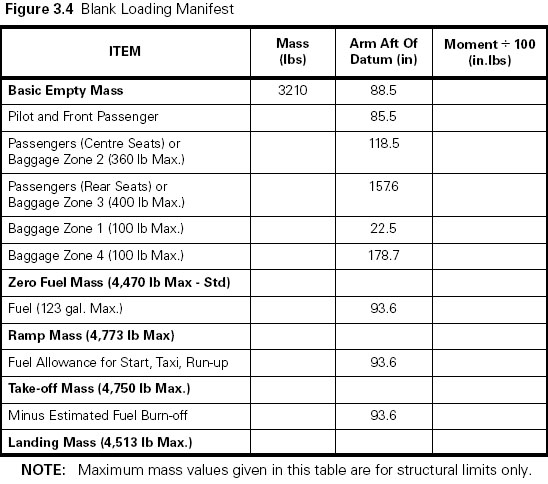 A warning message.
A warning message. A tcas ii generates a traffic advisory ta when ?
Question 62-12 : A potential collision threat exists a serious collision threat exists the intruder becomes a 'proximate traffic' the intruder becomes 'other traffic'
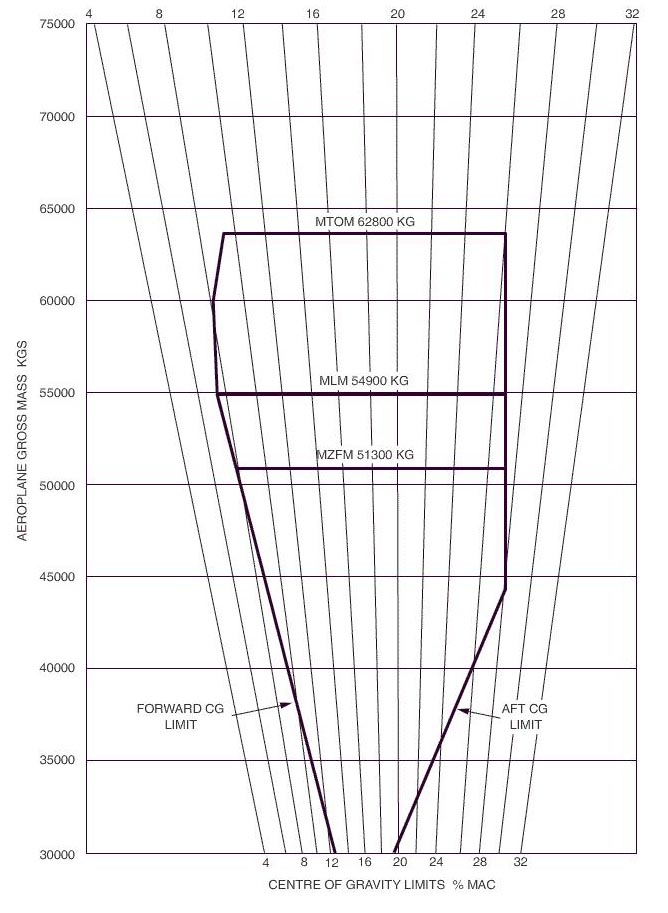 A potential collision threat exists.
A potential collision threat exists. A tcas ii generates a resolution advisory ra when ?
Question 62-13 : A serious collision threat exists a potential collision threat exists the intruder becomes 'proximate traffic' the intruder becomes 'other traffic'
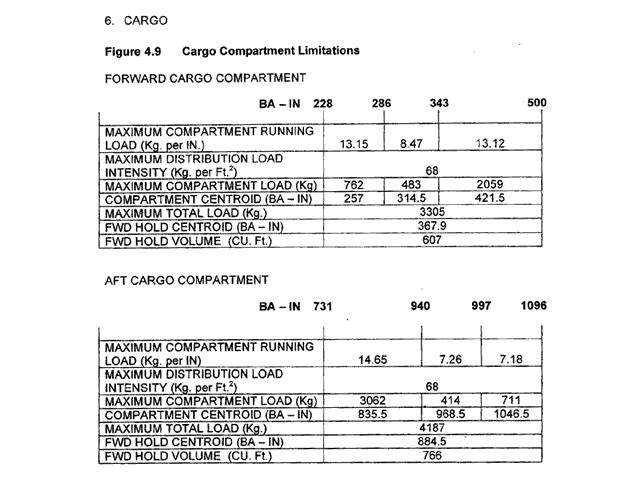 A serious collision threat exists.
A serious collision threat exists. A stall warning system is based on measuring the ?
Question 62-14 : Angle of attack tas attitude groundspeed
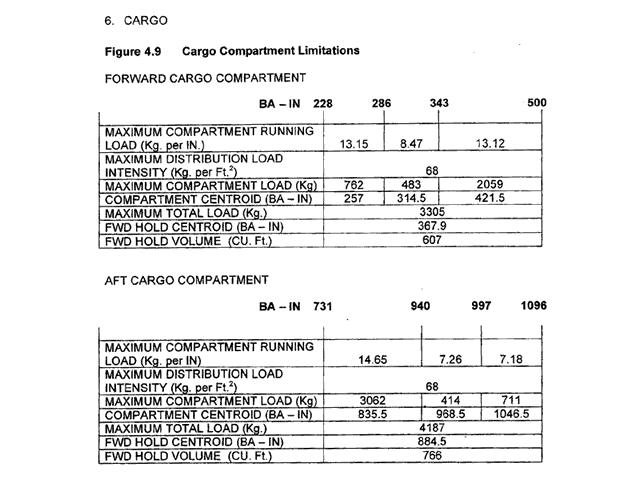 Angle of attack.
Angle of attack. Concerning the flight warning system fws warning messages ?
Question 62-15 : Are highest priority alert messages are next highest priority alert messages after warning messages are inhibited by caution messages indicate that subsequent crew action may be required
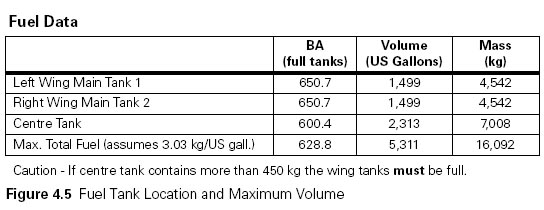 Are highest priority alert messages.
Are highest priority alert messages. Concerning the flight warning system fws if aural signals are provided the ?
Question 62-16 : A warning should always take priority over that for a caution a caution should always take priority over that for a warning an advisory should always take priority over that for a caution an advisory should always take priority over that for a warning
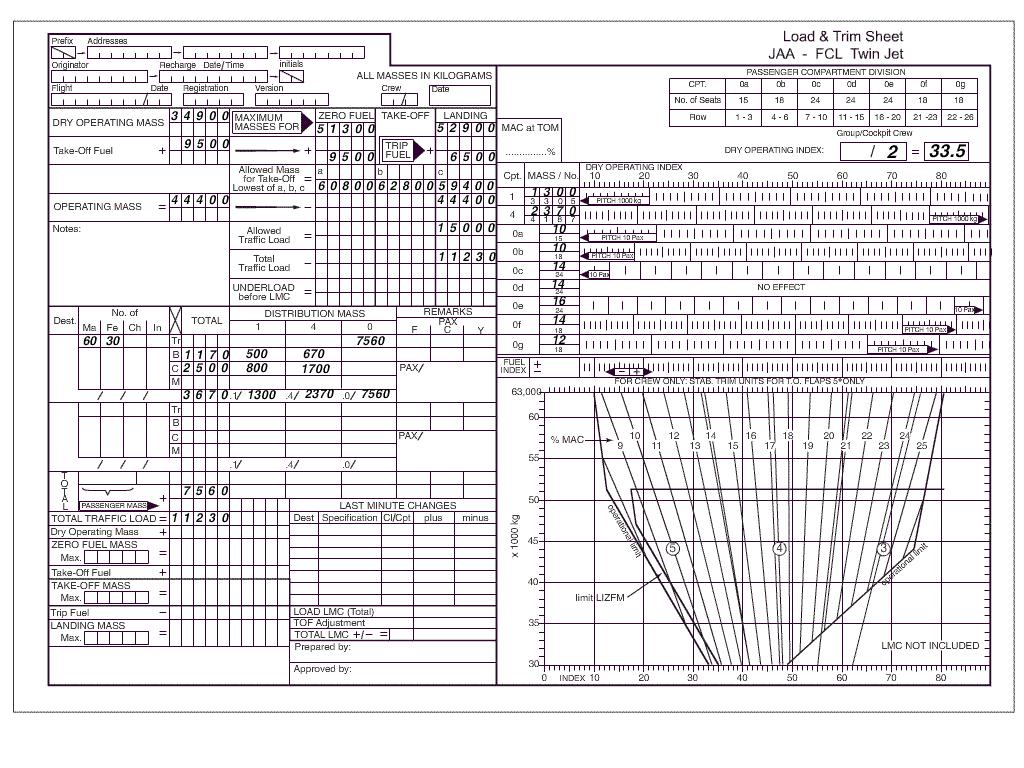 A warning should always take priority over that for a caution.
A warning should always take priority over that for a caution. Concerning the flight warning system fws caution messages ?
Question 62-17 : Are the next highest priority alert messages after warning messages are the highest priority alert messages are inhibited by advisory messages indicate that immediate recognition and corrective or compensatory action by the crew is required
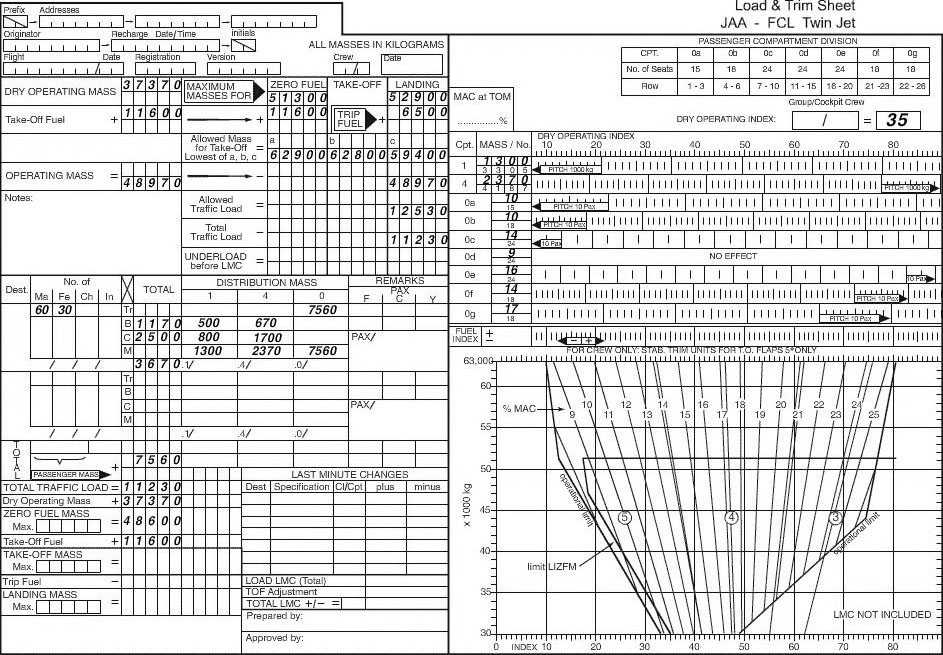 Are the next highest priority alert messages after warning messages.
Are the next highest priority alert messages after warning messages. Concerning the flight warning system fws advisory messages may be ?
Question 62-18 : Any colour except red and preferably not amber red any colour except green any colour except amber
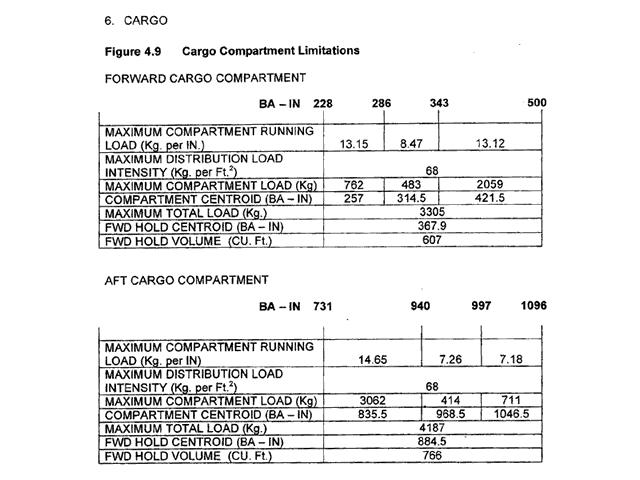 Any colour except red, and preferably not amber.
Any colour except red, and preferably not amber. The flight warning system fws generates a caution message if ?
Question 62-19 : Crew awareness is required and subsequent crew action will be required immediate recognition and corrective or compensatory action by the crew is required immediate crew awareness is required and subsequent crew action will be required crew awareness is required and corrective or compensatory action by the crew is immediately required
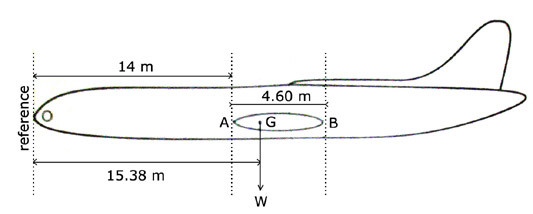 Crew awareness is required and subsequent crew action will be required.
Crew awareness is required and subsequent crew action will be required. The flight warning system fws generates a warning message if ?
Question 62-20 : Immediate recognition and corrective or compensatory action by the crew is required crew awareness is required and subsequent crew action will be required crew awareness is required and subsequent crew action may be required immediate crew awareness is required and corrective or compensatory action by the crew may be required
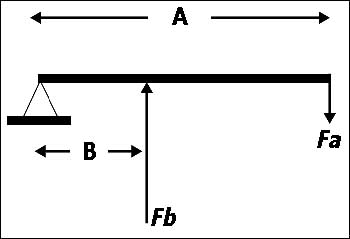 Immediate recognition and corrective or compensatory action by the crew is required.
Immediate recognition and corrective or compensatory action by the crew is required. The flight warning system fws generates an advisory message if ?
Question 62-21 : Crew awareness is required and subsequent crew action may be required immediate recognition and corrective or compensatory action by the crew is required immediate crew awareness is required and subsequent crew action will be required crew awareness is required and corrective or compensatory action by the crew is required
The inputs to the gpws ground proximity warning system are .1 air data ?
Question 62-22 : 1 2 3 5 7 2 3 4 5 7 1 2 5 6 7 1 4 7
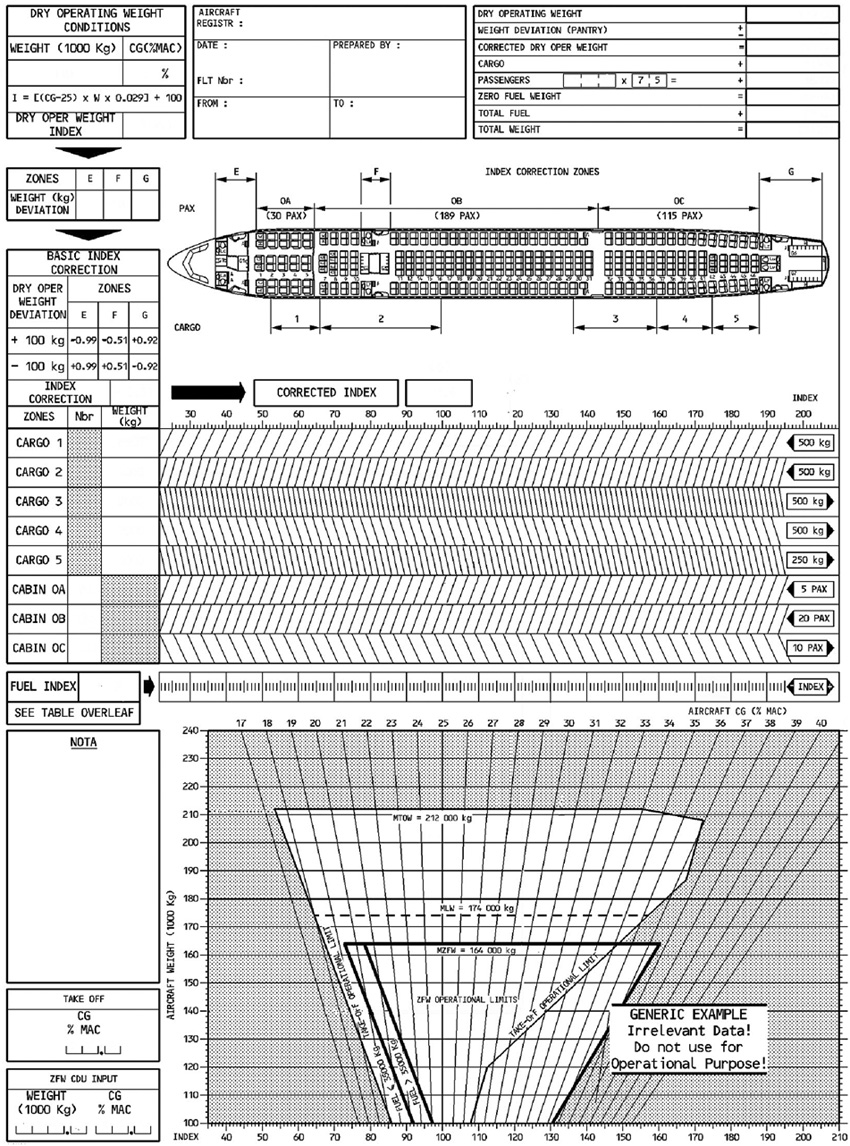 1, 2, 3, 5, 7.
1, 2, 3, 5, 7. The operation of the gpws ground proximity warning system is governed by laws ?
Question 62-23 : 1 3 1 2 4 2 4 2 3
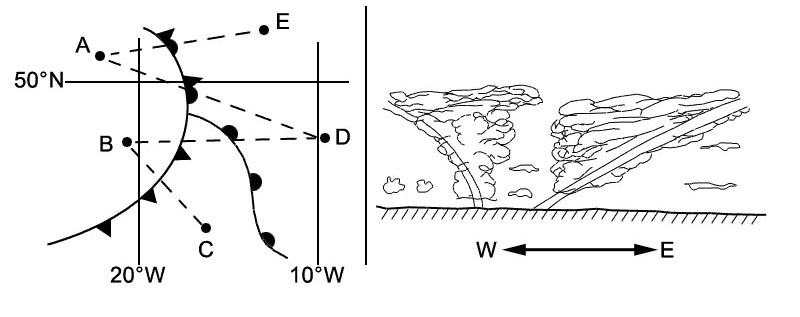 1, 3.
1, 3. The stall warning system of a large transport aeroplane includes .1 an angle of ?
Question 62-24 : 1 2 5 1 2 4 1 4 1 2 4 5
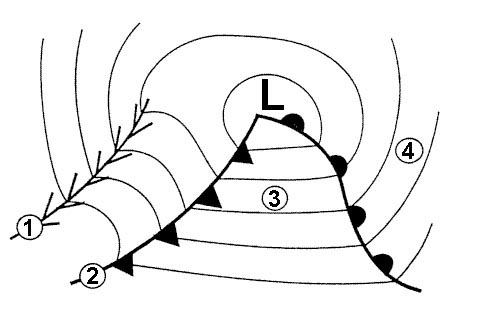 1, 2, 5.
1, 2, 5. The stall warning system receives information about the .1 aeroplane angle of ?
Question 62-25 : 1 4 1 2 3 4 5 2 3 4 5 1 3 5
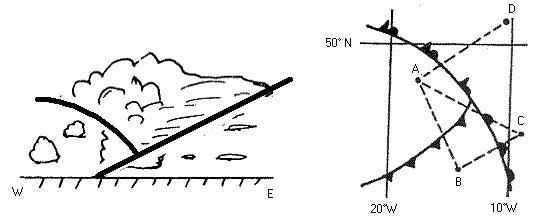 1, 4.
1, 4. The tcas 2 data display devices can be in the form of .1 a specific dedicated ?
Question 62-26 : 1 2 3 and 4 1 2 and 3 3 and 4 1 and 3
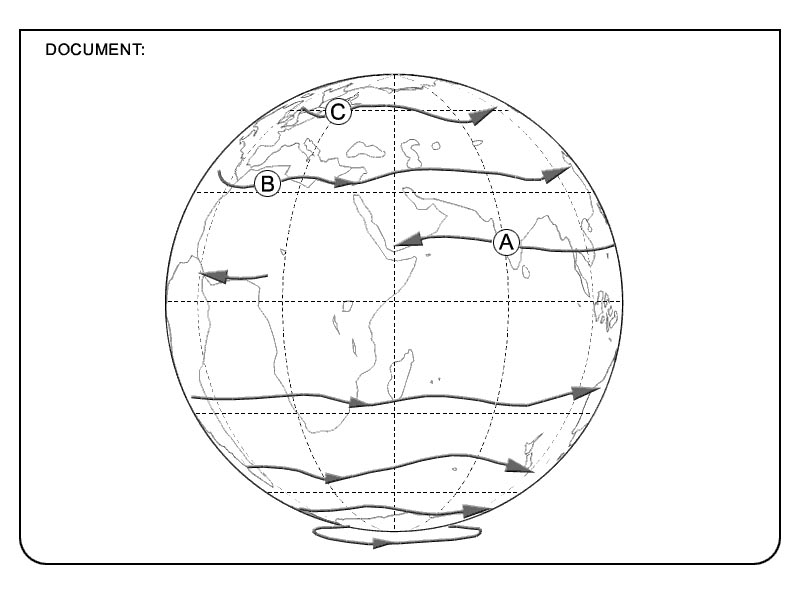 1, 2, 3 and 4.
1, 2, 3 and 4. The flight warning system fws .1 increases the situation awareness of the ?
Question 62-27 : 1 3 4 1 4 5 1 3 5 2 3 4 5
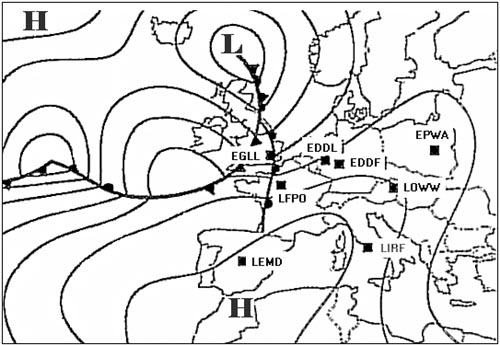 1, 3, 4.
1, 3, 4. The gpws cpu central processing unit is able to detect .1 excessive descent ?
Question 62-28 : 1 2 5 6 7 2 3 5 7 1 2 4 6 7 3 4 5 6
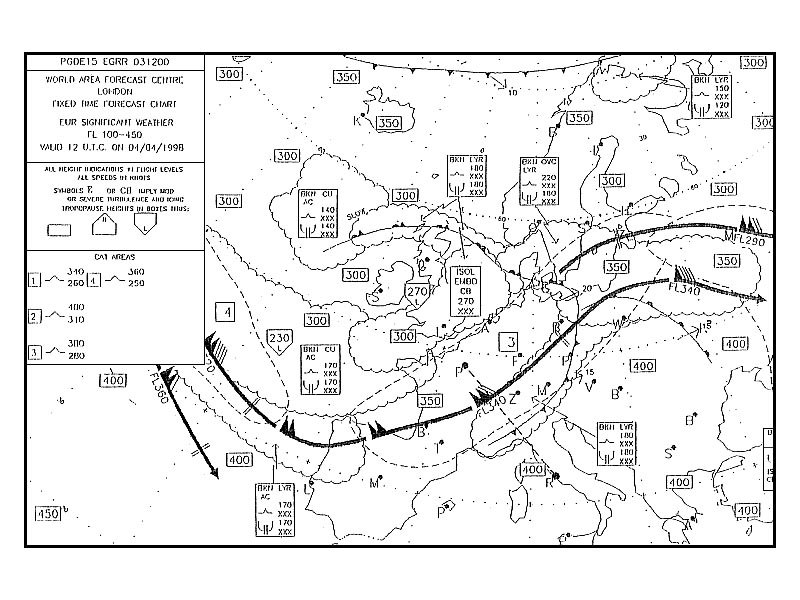 1, 2, 5, 6, 7.
1, 2, 5, 6, 7. On a tcas 2 traffic collision avoidance system the preventive 'resolution ?
Question 62-29 : That advises the pilot to avoid certain deviations from the current vertical rate but does not require any change to be made to that rate asking the pilot to modify effectively the vertical speed of his aircraft asking the pilot to modify the heading of his aircraft asking the pilot to modify the speed of his aircraft
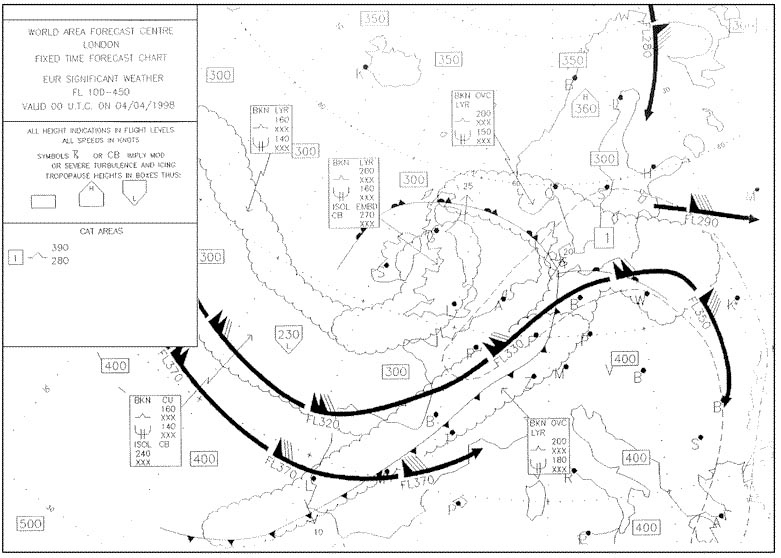 That advises the pilot to avoid certain deviations from the current vertical rate but does not require any change to be made to that rate.
That advises the pilot to avoid certain deviations from the current vertical rate but does not require any change to be made to that rate. On the display of a tcas 2 traffic alert and collision avoidance system a ?
Question 62-30 : A red full square a white or cyan empty lozenge a white or cyan solid lozenge an amber solid circle
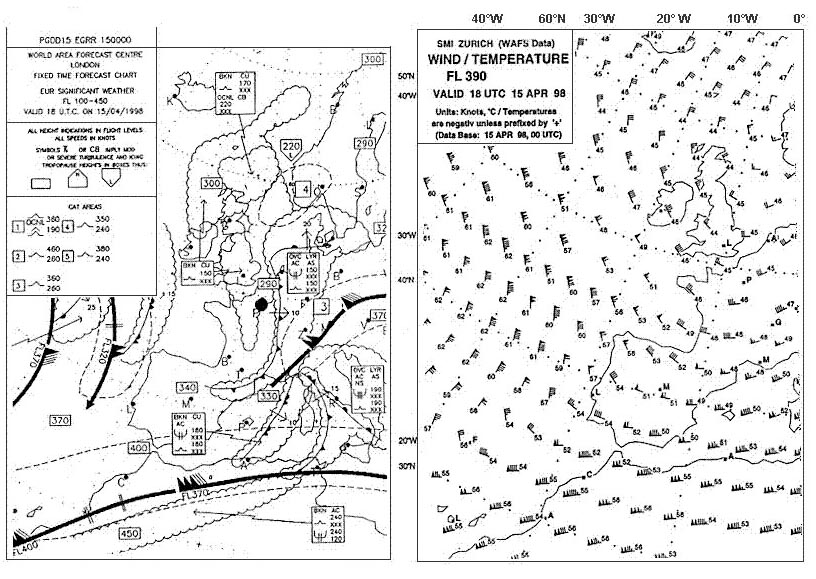 A red full square.
A red full square. Which of these statements about the activation of the take off warning when a ?
Question 62-31 : I is correct ii is correct i is incorrect ii is incorrect i is correct ii is incorrect i is incorrect ii is correct
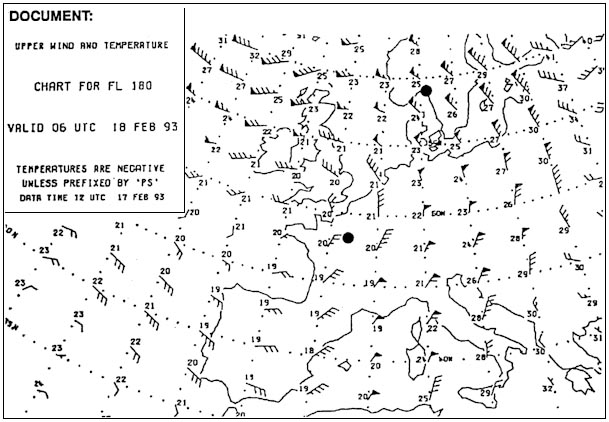 I is correct, ii is correct.
I is correct, ii is correct. The egpws may propose the terrain look ahead alerting function.this function ?
Question 62-32 : An electronic map of the world giving ground elevation the weather radar to detect any high ground in conflict with the flight path of the aircraft a specific radar to detect any high ground in conflict with the flight path of the aircraft the same caution and warning envelopes than the mode 2 gpws excessive terrain closure rate
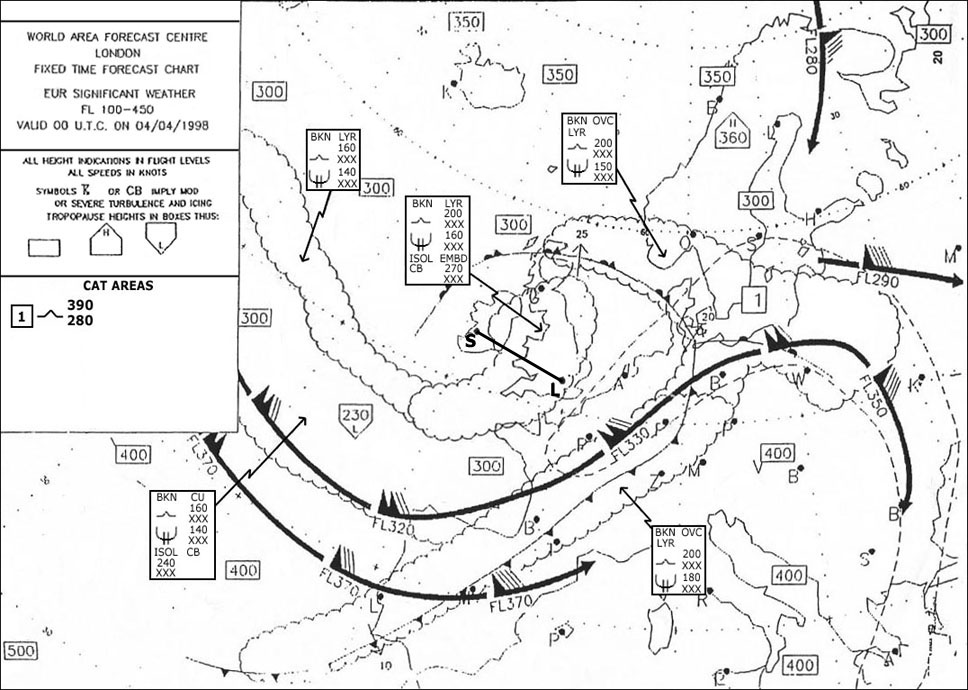 An electronic map of the world giving ground elevation.
An electronic map of the world giving ground elevation. The gpws can warn the crew in case of .1 excessive deviation below selected ?
Question 62-33 : 2 3 1 2 3 3 1
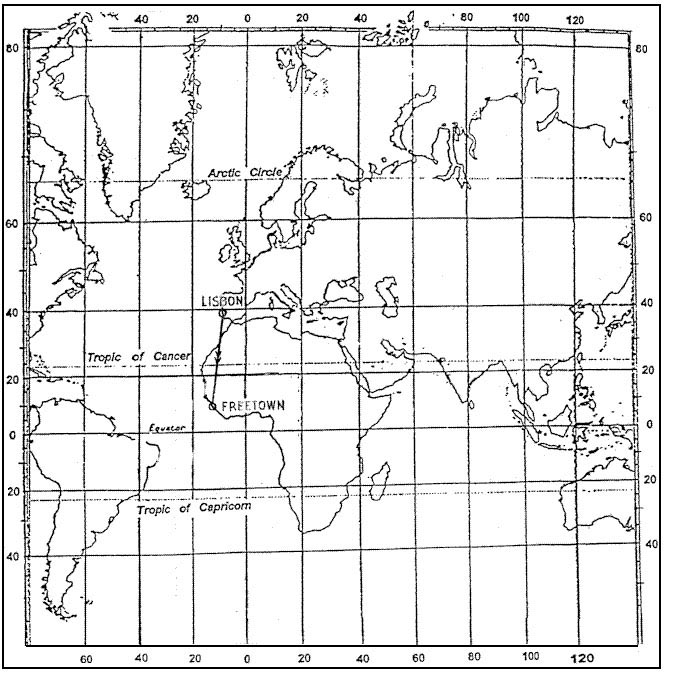 2, 3.
2, 3. Concerning the tcas 2 when receiving a resolution advisory ra crew members ?
Question 62-34 : Immediatly initiate the required manoeuvre try to establish visual contact with the intruder before taking any evasive action immediatly engage autopilot which will be temporarily controlled by the tcas disregard this ra if they have a mode s transponder
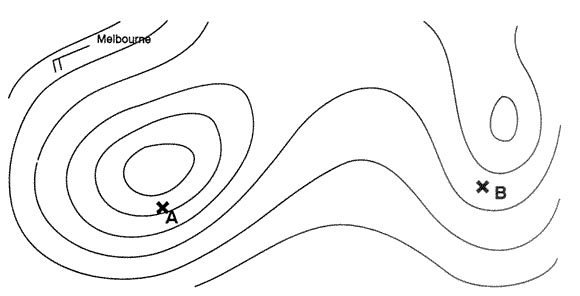 Immediatly initiate the required manoeuvre.
Immediatly initiate the required manoeuvre. According to cs25 concerning the electronic display systems the amber/yellow ?
Question 62-35 : Caution advisory status warning
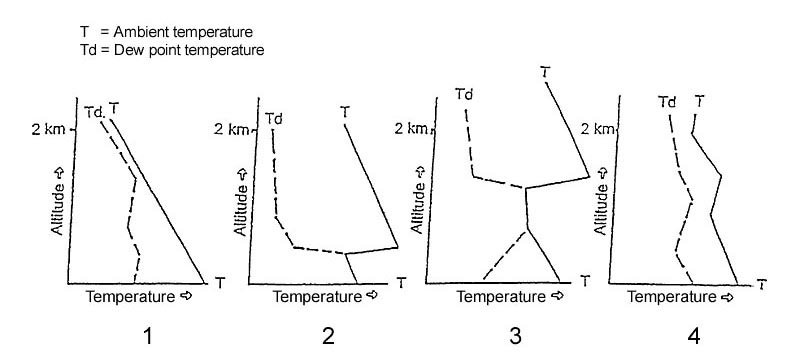 Caution.
Caution. The stall warning is inhibited .1 when the flaps are retracted.2 when the ?
Question 62-36 : 2 1 2 2 4 2 3
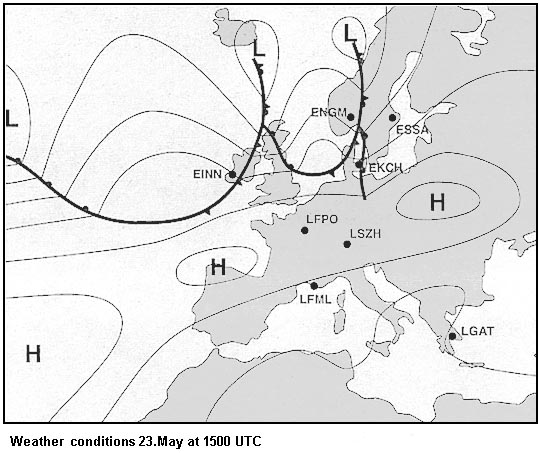 2.
2. On a large aeroplane and according to the cs25 the stall warning system must ?
Question 62-37 : With the flaps and landing gear in any normal position with the flaps down and gear up only with the flaps fully extended and gear down only with the flaps not retracted only whatever the position of the landing gear
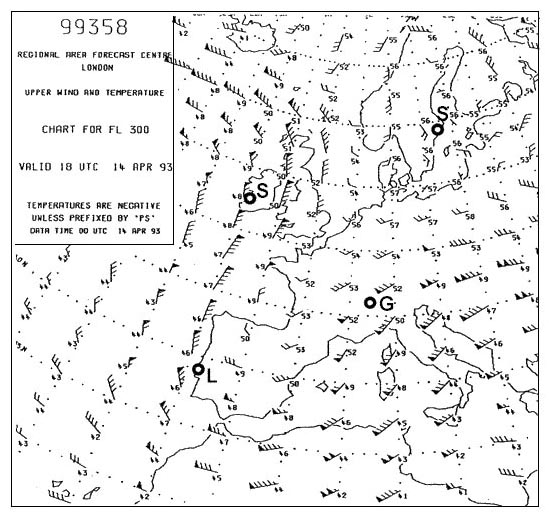 With the flaps and landing gear in any normal position.
With the flaps and landing gear in any normal position. The gpws warns the crew in case of . 1 excessive descent rate. 2 excessive ?
Question 62-38 : 1 2 5 1 2 3 5 1 2 4 5 4
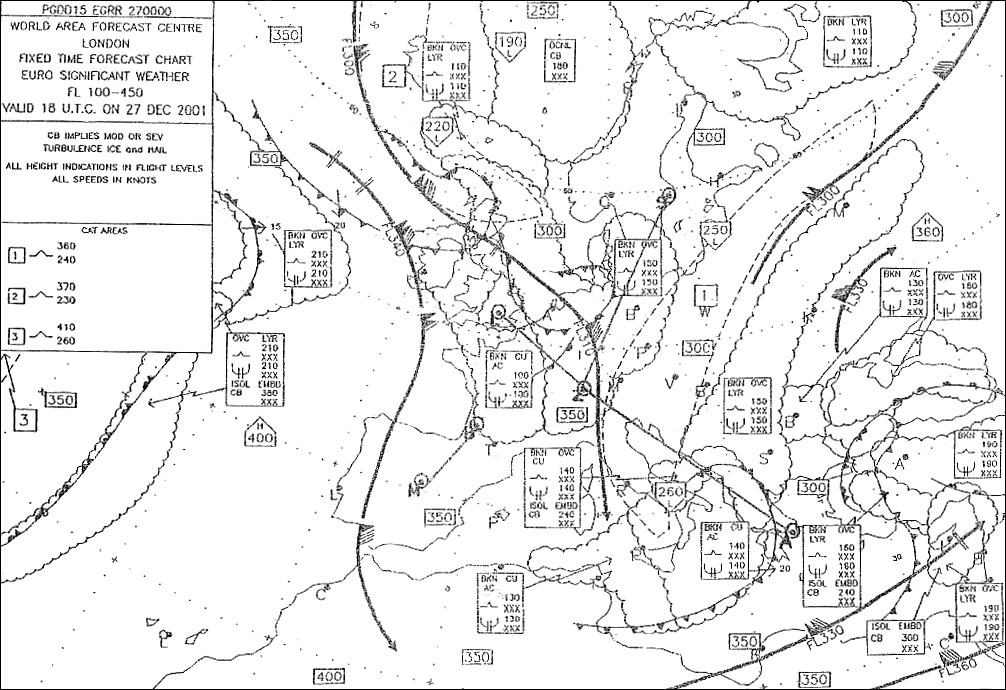 1, 2, 5.
1, 2, 5. The egpws may propose the following functions . 1 abnormal take off ?
Question 62-39 : 2 4 5 1 2 3 5 1 3 4 2 3 4 5
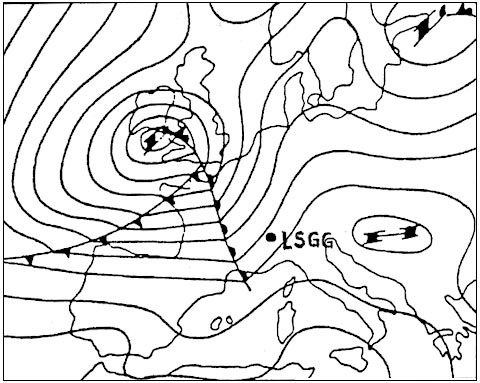 2, 4, 5.
2, 4, 5. The flight warning system fws .1 draws the attention of the crew to the ?
Question 62-40 : 1 2 5 1 2 4 1 4 2 4 5
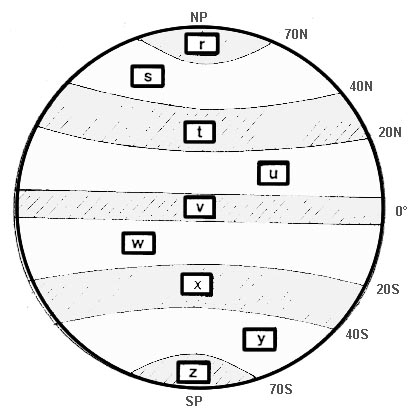 1, 2, 5.
1, 2, 5. ~
Exclusive rights reserved. Reproduction prohibited under penalty of prosecution.
2439 Free Training Exam
